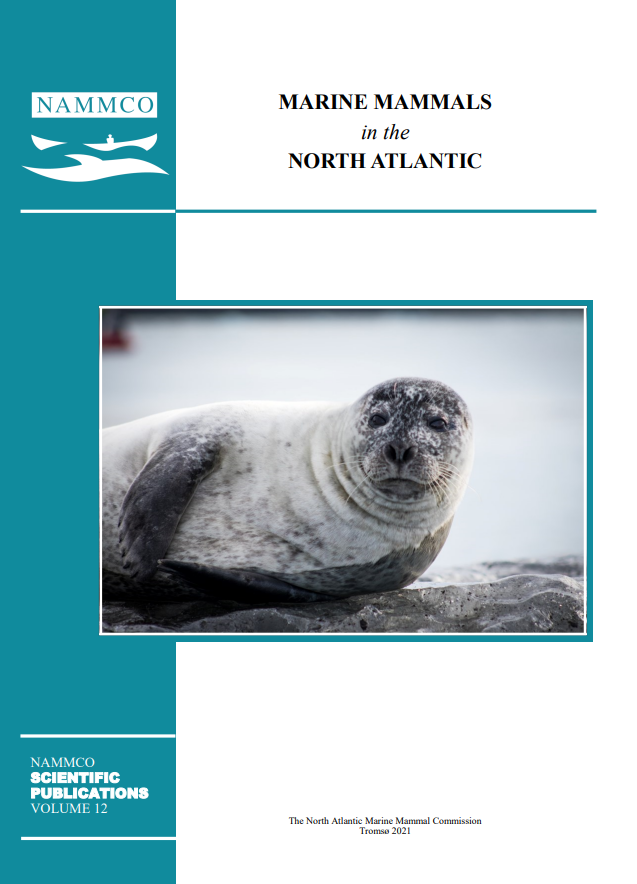25 July 2022: New publication on Developments in the Quantitative Assessment of Welfare Outcomes in Hunted Mammals Subject to Shooting
It is our pleasure to announce the publication of a new note published in Volume 12 of the NAMMCO Scientific Publications series – Marine Mammals in the North Atlantic.
The note, Developments in the Quantitative Assessment of Welfare Outcomes in Hunted Mammals Subject to Shooting, was authored by Samuel D. G. Smith, previous intern at the NAMMCO Secretariat in Tromsø (Norway) and Kathrine A. Ryeng, researcher at the Institute of Marine Research (IMR, Norway) and Chair of the NAMMCO Committte on Hunting Methods .
ABSTRACT
Knowledge gaps surrounding animal welfare assessment in hunted terrestrial wild mammals and seals were highlighted in the reviews by Knudsen (2005) and EFSA (2007). Following these reviews, the present paper aims to report on developments in the quantitative assessment of welfare outcomes in wild mammals killed via rifle shooting, and modern explosive harpoon grenades used in the killing of whales. Time to death (TTD) and instantaneous death rate (IDR) are widely accepted ante-mortem variables for assessing the duration of suffering during the killing process. The addition of post-mortem assessments allows for validation of TTD and IDR, thus providing a more accurate appraisal of animal welfare during hunting. While this combined assessment for large cetaceans has been implemented since the 1980s in the Norwegian minke whale (Balaenoptera acutorostrata) hunt, we report that this approach has been implemented in studies of the Icelandic minke and fin whale (Balaenoptera physalus) hunts, as well as the Canadian and Norwegian commercial harp seal (Pagophilus groenlandicus) hunts. Additionally, this approach has been incorporated into welfare studies in terrestrial herbivore management programmes. Quantitative welfare assessment during hunts is capable of effectively evaluating the weapons used and judging modifiable variables such as projectile choice, optimal shooting procedure, as well as identifying areas for improvement in hunter training. In moving towards a standardised approach for welfare outcome assessment, an established framework can effectively allow all hunts to be contrasted and allow for identification of optimal strategies that minimise animal suffering.
The full article is available here.
Learn more about responsible hunting and animal welfare in the NAMMCO management areas here.




